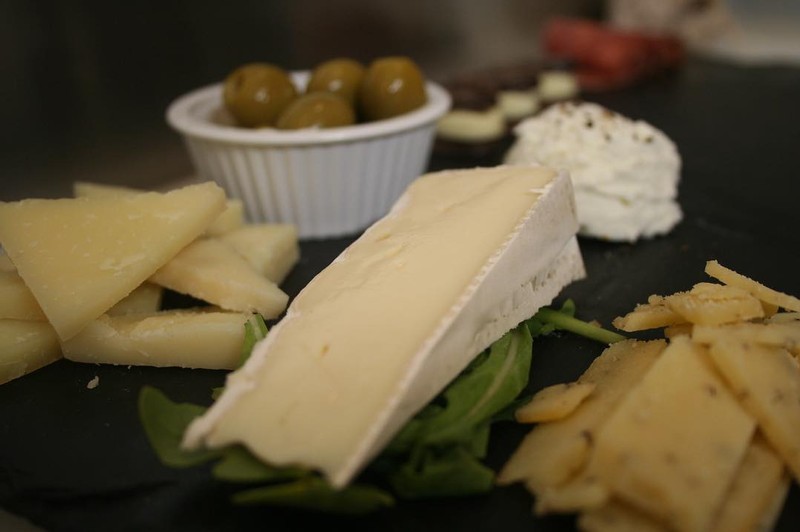Natural Pairings: Why Wine and Cheese Go So Well Together

They oppose each other to create a balanced mouthfeel
History’s most famous couples have always had a yin and yang kind of thing going on. Anthony and Cleopatra. Ricky and Lucy. Wine and cheese. It’s true. Opposites attract.
In the case of wine and cheese—as with other famous food pairings—it’s a co-mingling of an astringent element to make the mouth pucker, and a fatty element to make the mouthfeel slippery. You know which one does which, but here’s why.
Mouthfeel
Yes, that’s a word—at least to people who appreciate wine and food. Here’s what it means and why it’s a part of why wine and cheese pair so well together.
Cheese is a fatty food. Wine is astringent. They oppose each other to create a balanced mouthfeel. Because fatty foods are oily, eating them lubricates the mouth. You take a bit of cheese and your mouth feels slick. Take a drink of wine and the tannins will make the mouth feel dry or rough.
Fatty and astringent substances do this by binding at a chemical level with lubricant proteins in your saliva. Proteins in the saliva solidify, leaving the gums and the surface of the tongue without their usual coating.
We humans don’t particularly like to have an overly slimy mouth. We’d rather not have our mouth puckered up, either. So, we want just the right amount of lubricating saliva. It’s why we find a sip of wine so perfectly refreshing after we nibble on a piece of cheese.
It turns out that wine and cheese strike a perfect balance, or mouthfeel.
Try it for yourself
Astringents can strengthen their effect with each drink you take. You’ll notice this if you enjoy sushi and you overdo it with the pickled ginger, or you drink an entire cup of green tea. Each bit of the pickled ginger or sip of the green tea reacts more strongly with those lubricating proteins in your saliva.
This astringency doesn’t overpower with the first application. It’s usually subtle, and it’s when sipping wine as you make your way through a course of cheeses that the astringent wine eventually counterbalances the slippery mouthfeel.
Nibbles and sips
We learn over time and from experience how to create that balance while we eat and drink. We learn, for example, that the fatty mouthfeel from sushi can be counterbalanced best by taking a sip of the green tea or eating a small bite of pickled ginger. We know that gulping down the green tea beforehand, or munching down on the whole pile of pickled ginger won’t create the balance.
It’s better to spread applications of the astringent substance throughout the meal. It’s why you enjoy taking bites of your pickle as you eat a salami sandwich—and of course, why you enjoy a sip from your glass of wine as you enjoy a cheese platter.
Pairing evolutions
Now you know the science behind why wine and cheese—and some of your other favorite food pairings—go so well together. As for why or how these famous duos got together in the first place, that’s up for debate.
Why, for example, do we pair wine in and cheese? Who figured that out? Cheese and green tea would create the same balanced mouthfeel. You probably know the answer, or at least what seems logical.
It’s likely that most of these famous food pairings happened because of culture and location. Why sushi and pickled ginger, rather than sushi and red wine? Or, why cheese and wine, instead of cheese and green tea?
That’s still a gastronomical mystery, but it surely seems probable that it comes down to what was on hand at the time. Cheese is not something readily found in Asia even to this day. Wine has been around for about 6,000 years, and yet tea was not introduced to the western world until the 17th century.
Wine and cheese go well together because of the fatty/astringent mouthfeel, and we have neighborly geographical origins to thank for their availability to pair and enjoy. That’s the reasonable story for the most famous of food pairings.